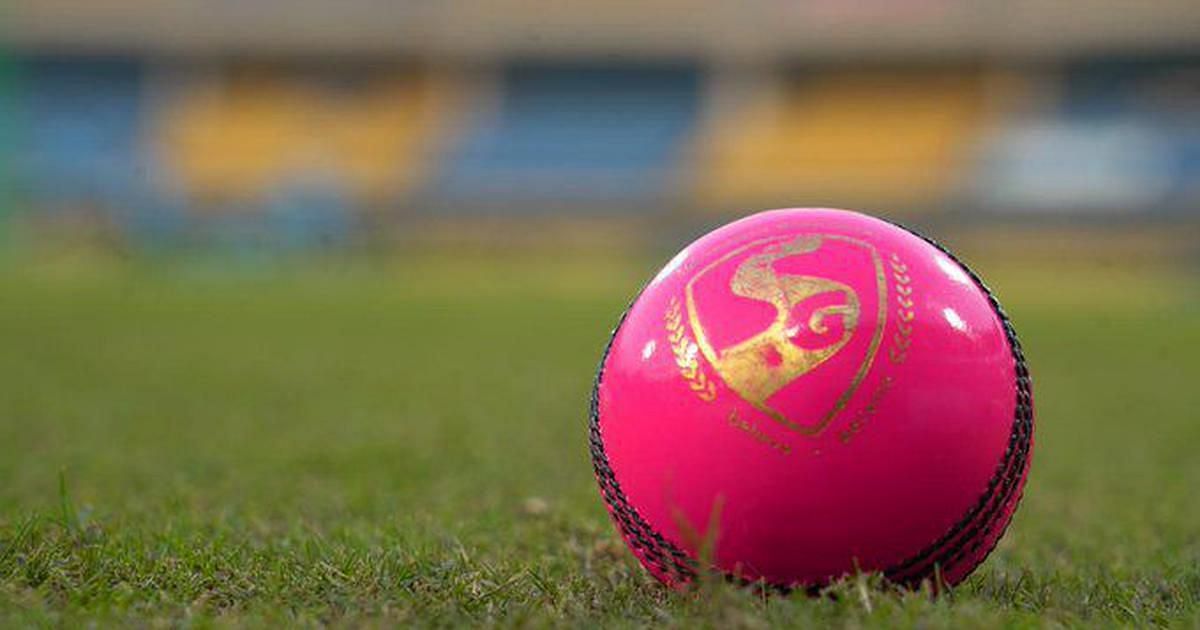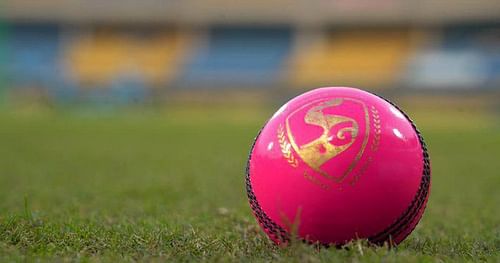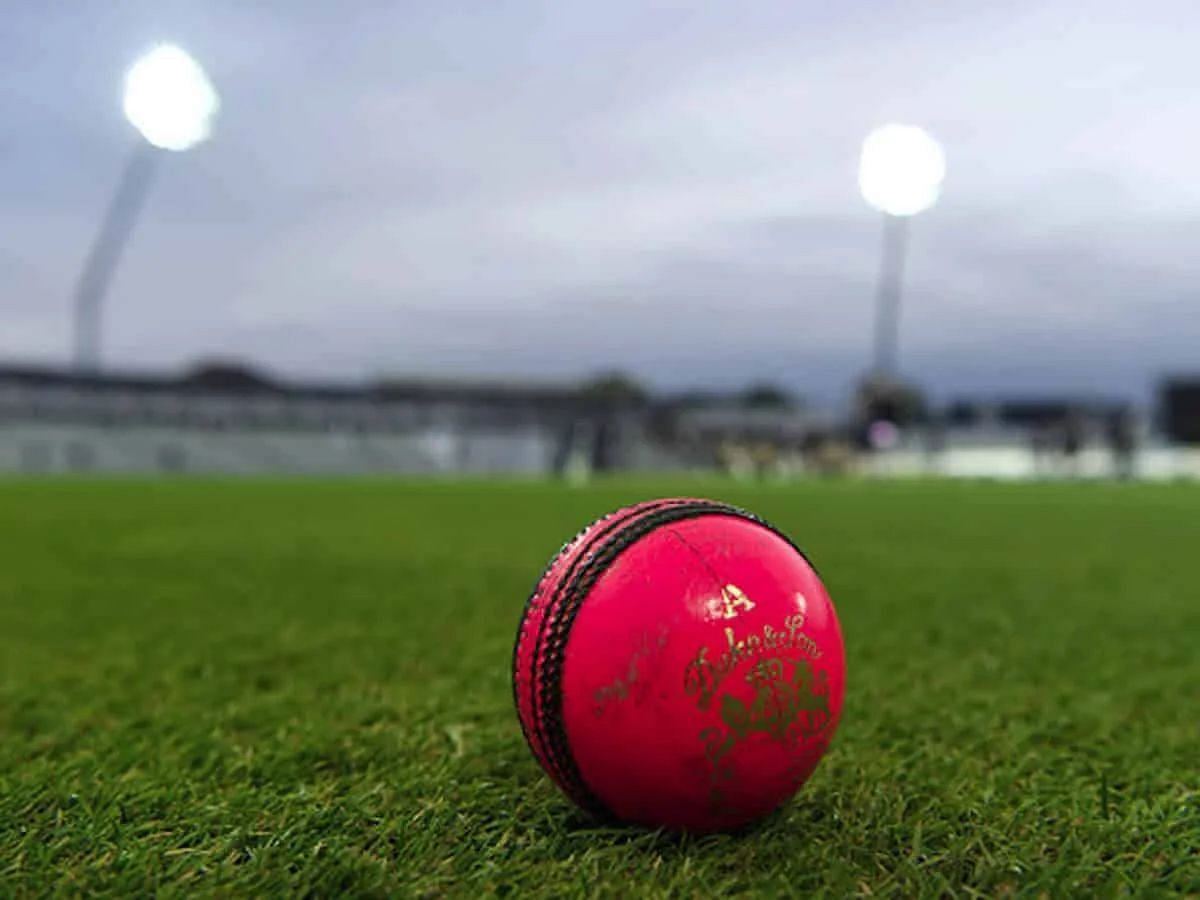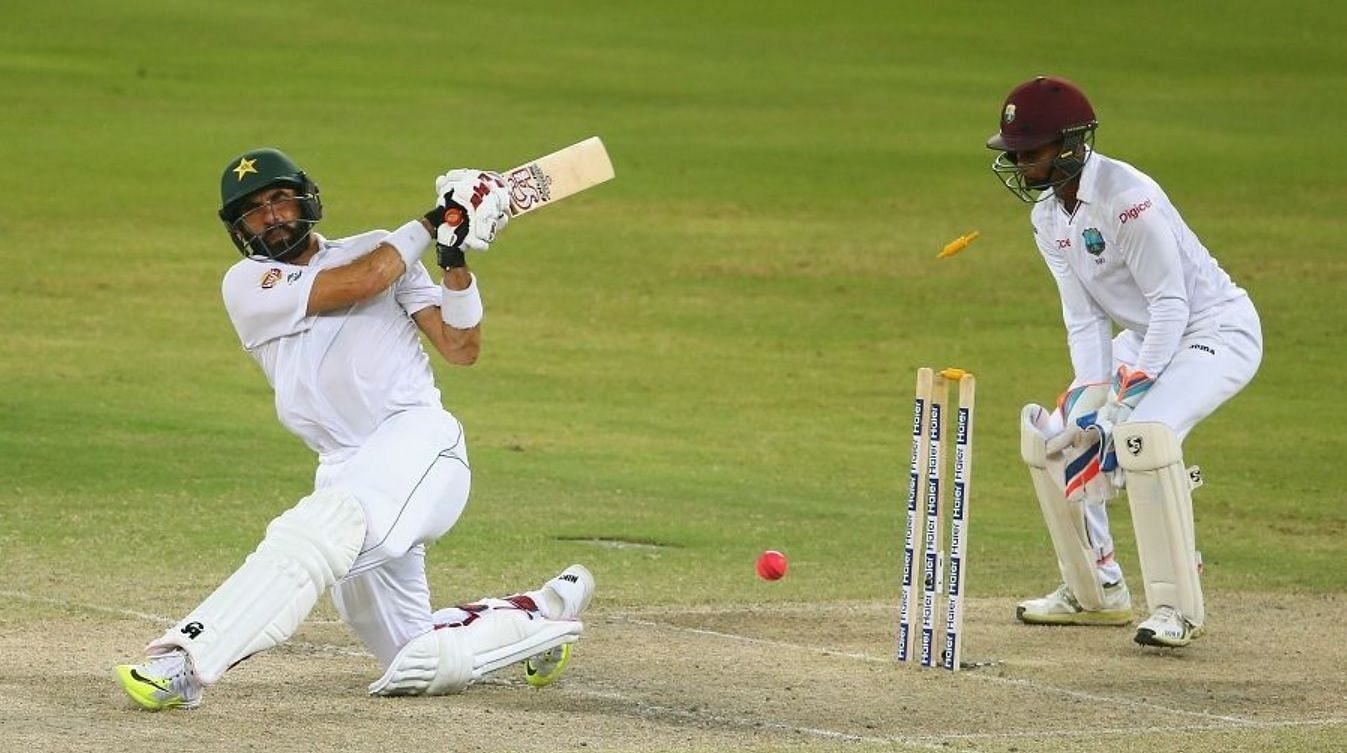
Explained: How is a pink ball Test different from one with the red ball?

Starting March 12 in Bengaluru, India will be playing their fourth pink ball Test. This will also be the first time they will play this type of a match against Sri Lanka.
For over 138 years, Test cricket was only played with red leather balls. The red ball provides better visibility during daylight, besides being a good contrast against the white kit of players.
With the growing popularity of the shorter versions of the game, Test cricket had been fighting for relevance and viewership. One of the key changes to improve the viewership of the longer format was the introduction of the pink ball. This allowed Test matches to be played under flood-lights.
The first pink ball Test was played between Australia and New Zealand in 2015 at Adelaide. Since then, a total of 18 pink-ball Test matches have been played around the world. Much like many other changes in the game, like T20s and DRS, India were late adapters to this one also.
India's first pink ball Test was played in the year 2019, vs Bangladesh at Kolkata, almost four years after the innovation first came into the game. Till date, India have played only three pink ball Tests and will be playing their fourth later this week.
Apart from the obvious change in color of the ball and timing of the match, here is a look at what else is different from the players' and team's perspective in a game like this.
Pink ball Tests see greater swing for bowlers

The pink ball has been known to offer more assistance to pacers. Overall, in the pink ball Tests, 77% of the wickets to fall, excluding run-outs, have been taken by quicker bowlers.
However, in the two pink ball Tests played in India so far, there has been a 50-50 split between pacers and spinners. Going by the nature of the pitches in India, 50% wickets to pacers is still a high contribution by them.
The pace domination in the pink ball Tests is due to the extra coating of lacquer on the ball that helps it to retain shine for a longer duration, compared to the red ball. Also, under the floodlights, the pink ball swings more and makes it difficult for the batsmen to negotiate.
Lack of reverse swing with pink ball

Wax used for coloring on red balls wears off faster but in the case of pink balls, the polyurethane coat is used to preserve the bright shade. It helps the pink ball retain the shine for a longer duration, thus preventing abrasions on the ball. This delays the possibility of reverse swing.
Last session is most difficult for batsman

In a red-ball match, the conventional strategy is to see off the new ball and freshness of the wicket in the first session. As the day progresses, the run scoring eases out, towards the end of the 2nd session and into the 3rd.
However, in pink ball Tests, the 3rd session under floodlights is the most difficult for the batsmen, especially if the ball is relatively new. The declarations are often made keeping in mind the difficulty of batting under floodlights.
Difficulty for fielders

Virat Kohli, during the practice sessions before India's first pink ball Test match, opined that fielding was rather more difficult with the pink ball than batting. He also mentioned that the extra glaze (or lacquer) that results in visibility issues, especially during the day, also makes it difficult to perceive the trajectory and pace of the ball.
Catching the ball in slips - a key facet of Test matches - gets affected with the pink ball. This was substantiated by a high number of dropped catches in the two recently concluded pink ball Ashes Tests.
Spinners who are quicker in the air are more effective

The team combination that we are used to seeing in Tests played in India is more reliant on spinners. However, for a pink ball Test, an extra seamer who can swing the ball or a fast-bowling all-rounder makes a huge difference.
As far as spinners are concerned, those that are slightly quicker through the air and ones with a good flipper (a delivery from a leg-spinner that is bowled flatter and quicker and skids straight on) are more effective.
The pink ball skids on more due to the extra lacquer, making it difficult for batsmen to adjust. In India's last pink ball match against England, in Ahmedabad, Axar Patel was named Player of the Match for taking 11 wickets, including two 5-wicket hauls.
As far as the next Test for India is concerned, they are likely to make only one change. Mohammad Siraj could come into the team in place of Jayant Yadav.
India's Probable XI: Rohit Sharma (c), Mayank Agarwal, Hanuma Vihari, Virat Kohli, Shreyas Iyer, Rishabh Pant (wk), Ravindra Jadeja, Ravichandran Ashwin, Jasprit Bumrah, Mohammed Shami, Mohammed Siraj